![How To Store Watches [DIY Storage Solutions]](https://storables.com/wp-content/uploads/2023/10/how-to-store-watches-diy-storage-solutions-1696928648.jpg)
![How To Store Watches [DIY Storage Solutions]](https://storables.com/wp-content/uploads/2023/10/how-to-store-watches-diy-storage-solutions-1696928648.jpg)
Articles
How To Store Watches [DIY Storage Solutions]
Modified: January 6, 2024
Learn how to store and protect your watches with these helpful and informative articles on DIY watch storage solutions.
(Many of the links in this article redirect to a specific reviewed product. Your purchase of these products through affiliate links helps to generate commission for Storables.com, at no extra cost. Learn more)
Introduction
Welcome to the world of watches! Whether you are a serious collector or simply an enthusiast, properly storing your watches is crucial to maintaining their beauty and functionality. With the right storage techniques, you can ensure that your prized timepieces remain in pristine condition for years to come.
Proper watch storage involves more than just tossing them in a drawer or leaving them on a countertop. Factors such as humidity, temperature, and exposure to sunlight can all have a significant impact on the longevity of your watches. By following a few simple steps, you can create an ideal environment for your cherished timepieces.
In this article, we will guide you through the process of storing your watches DIY-style. From choosing the right storage location to maintaining your watches during storage, we will provide you with all the necessary tips and tricks. So let’s dive in and discover how to properly store your watches!
Key Takeaways:
- Choose the right storage location with stable temperature, controlled humidity, and protection from sunlight to preserve your watches’ longevity and beauty.
- Organize, maintain, and protect your watches with diligence to ensure they remain in optimal condition, reflecting your care and investment in their longevity.
Read more: How To Store Watches
Step 1: Choosing the Right Storage Location
The first step in storing your watches DIY-style is to select a suitable storage location. The ideal location should offer protection from external elements such as humidity, dust, and direct sunlight. Here are some factors to consider when choosing the right storage location:
- Avoid extreme temperatures: Extreme heat or cold can be detrimental to your watches. It is best to choose a storage location that maintains a stable temperature, ideally between 50°F and 80°F (10°C and 27°C).
- Controlled humidity: High humidity levels can lead to rust, corrosion, or damage to the internal components of your watches. Aim for a humidity level between 40% and 60% to create an optimal storage environment.
- Protection from sunlight: Exposure to direct sunlight can cause fading and discoloration of watch dials and straps. Look for a storage location that is away from windows or use UV-blocking glass to shield your watches from harmful rays.
- Security: It is important to choose a storage location that provides adequate security for your watch collection. Consider options such as a locked cabinet, safe, or a dedicated watch box with a secure lock.
Based on these factors, suitable storage locations could include a dedicated watch display case, a jewelry safe, or even a closet with temperature and humidity control. Assess your options and choose a location that best suits your needs and the size of your watch collection.
Once you have selected the right storage location, it’s time to move on to the next step: cleaning your watches before storage. Cleaning your watches not only helps maintain their appearance but also ensures that no dirt or debris is trapped during storage, potentially causing damage. Let’s move on to Step 2!
Step 2: Cleaning Your Watches Before Storage
Before you store your watches, it is essential to give them a thorough cleaning to ensure that they are free from dirt, oils, and any other debris that may have accumulated over time. Cleaning your watches will not only maintain their appearance but also prevent potential damage during storage. Follow these steps to clean your watches before storing them:
- Gather cleaning supplies: You will need a soft, lint-free cloth, mild soap or watch cleaning solution, a soft-bristled brush or toothbrush, and a microfiber cloth for drying.
- Remove straps or bracelets (if applicable): If your watch has removable straps or bracelets, detach them carefully and clean them separately following the manufacturer’s instructions.
- Wipe the case: Gently wipe the case and crystal of your watch with a soft cloth dampened with mild soap or watch cleaning solution. Be careful not to apply too much pressure to avoid scratching the watch’s surface.
- Clean the bracelet: If your watch has a metal bracelet, use a soft-bristled brush or toothbrush to remove any dirt or debris between the links. Ensure that the brush is soft to avoid scratching the bracelet. For leather or fabric straps, gently wipe them with a damp cloth.
- Rinse and dry: Rinse the case and bracelet (if applicable) with clean water to remove any soap residue. Use a microfiber cloth to dry them thoroughly, ensuring that no moisture is left behind.
- Polish (if necessary): If your watch’s case or bracelet has visible scratches or tarnish, you may opt to polish them using a suitable polishing cloth or a specialized watch polishing product. Follow the instructions carefully to avoid damaging the watch’s finish.
Once you have completed the cleaning process, it is crucial to allow your watches to air dry completely before storing them. This helps to prevent any moisture from getting trapped, which could lead to mold, rust, or other damage. After your watches have dried, proceed to Step 3: selecting the appropriate storage solution.
Step 3: Selecting the Appropriate Storage Solution
Choosing the right storage solution for your watches is essential to keep them safe, organized, and easily accessible. There are various storage options available, each with its own advantages and considerations. Here are a few options to consider when selecting the appropriate storage solution for your watches:
- Watch Boxes: Watch boxes are specifically designed to store and protect watches. They typically have compartments or watch pillows to securely hold each timepiece. Watch boxes come in various sizes and materials, such as wood, leather, or even carbon fiber. Look for a watch box that offers adequate cushioning and protection against dust and moisture.
- Watch Winders: Watch winders are an excellent option if you have automatic watches that require constant movement to keep them wound. These devices rotate the watches, simulating the movement of a wrist, and help prevent the watches from losing their accuracy and power reserve. Make sure to choose a watch winder that matches your watch’s specific winding requirements.
- Display Cases: Display cases are perfect if you want to showcase your watch collection while keeping them protected. These cases often feature glass lids or sides, allowing you to enjoy the beauty of your watches without exposing them to dust or potential damage. Look for display cases with secure locks to ensure your watches are safe.
- Travel Cases: If you frequently travel with your watches, a travel case is a must-have. These cases are usually compact, lightweight, and have dedicated compartments to secure your watches during transit. Look for travel cases with shock-absorbing materials to protect your watches from bumps and scratches.
Consider the size of your watch collection, your storage space, and your personal preferences when choosing a storage solution. It is important to note that watches should be stored individually to prevent scratching or damage from contact with other watches or jewelry.
Once you have selected the appropriate storage solution, you can move on to Step 4: organizing your watch collection. Stay tuned for our tips on how to efficiently and aesthetically arrange your watches!
Step 4: Organizing Your Watch Collection
Now that you have chosen the right storage solution for your watches, it’s time to organize your watch collection to ensure easy access and visual appeal. A well-organized watch collection not only enhances efficiency but also adds a touch of elegance to your storage space. Here are some tips to help you organize your watch collection:
- Group by style or type: One approach to organizing your watches is to group them by their style or type. For example, you can have a section for dress watches, another section for sports watches, and so on. This allows you to easily locate and select the right watch for any occasion.
- Sort by brand or model: If you have a collection from different watch brands or specific watch models, sorting them accordingly can be a great way to organize your watches. This arrangement can also create a visually appealing display, showcasing the diversity of your collection.
- Arrange by color: For those with a more visually-oriented approach, organizing your watches by color can create a stunning and eye-catching display. You can group them from light to dark shades or create a gradient effect that adds a unique aesthetic touch to your storage space.
- Consider frequency of wear: Another factor to consider when organizing your watch collection is the frequency of wear. You can place your most frequently worn watches in a more easily accessible location, making them readily available for everyday use.
- Utilize dividers or trays: To keep your watches neatly separated and protected, consider using dividers or trays within your storage solution. These dividers can be adjustable or removable, allowing you to customize the space according to the size and number of watches you have.
- Create a labeling system: If you have a larger watch collection or find it challenging to remember the details of each watch, consider creating a labeling system. This can involve adding small tags or labels with brief descriptions or relevant information about each watch, making it easier to identify and select the right one.
By implementing one or a combination of these organizing techniques, you can create a functional and visually appealing watch collection that reflects your personal style and preferences.
Now that your watch collection is well-organized, let’s move on to Step 5: maintaining your watches during storage. Understanding how to care for your watches while they are not in use is crucial to keeping them in pristine condition. Stay tuned for our tips on proper watch maintenance!
When storing watches DIY, use a soft cloth or watch pouch to protect them from scratches. Keep them in a cool, dry place away from direct sunlight to prevent damage to the straps and dials.
Read more: How To Store A Watch
Step 5: Maintaining Your Watches During Storage
Proper maintenance is essential to keep your watches in optimal condition, even when they are not being worn. Follow these tips to ensure that your watches remain in excellent shape during storage:
- Regularly wind automatic watches: If you have automatic watches, it’s important to periodically wind them, even when they are not being worn. This helps to keep the movement lubricated and prevents any components from drying out. Refer to your watch’s manual or manufacturer’s guidelines for the recommended frequency of winding.
- Keep quartz watches running: For quartz watches, it is advised to keep them running during storage to prevent the battery from draining completely. This helps to maintain the accuracy of the watch and prevents the battery from corroding. If you have multiple quartz watches, consider using a multi-watch winder to keep them operational at all times.
- Avoid exposure to magnetism: Magnetic fields can negatively affect the accuracy and performance of your watches. Keep your watches away from electronic devices, speakers, and other magnetic sources to prevent any magnetization. If you suspect that your watch has been exposed to magnetism, have it demagnetized by a professional watchmaker.
- Check and replace batteries (if applicable): If you have battery-powered watches, ensure that you periodically check the battery level. Replace the battery if needed to avoid any leakage that could damage the watch’s internals.
- Rotate watches in storage: To prevent unnecessary stress on one watch and equally distribute the weight, periodically rotate the watches in your storage solution. This helps to prevent strap or bracelet degradation and ensures that all watches are well-maintained.
- Inspect for any damage or issues: Regularly inspect your stored watches for any signs of damage or issues. Check for scratches, loose components, or any changes in accuracy or functionality. Address any concerns promptly by consulting a professional watchmaker.
Maintaining your watches during storage is crucial to preserving their value and longevity. By following these maintenance tips, you can ensure that your watches are ready to be worn whenever you decide to take them out of storage.
Now that you know how to maintain your watches, let’s move on to Step 6: protecting your watches from damage. We’ll discuss some additional measures you can take to safeguard your timepieces. Stay tuned!
Step 6: Protecting Your Watches from Damage
Protecting your watches from damage is a crucial aspect of proper storage. By taking a few extra precautions, you can ensure that your timepieces remain safe and free from potential harm. Here are some steps you can take to protect your watches during storage:
- Use protective pouches or sleeves: For added protection, consider placing your watches in individual protective pouches or sleeves before storing them in your chosen storage solution. These pouches or sleeves create a barrier against dust, scratches, and other potential damage.
- Avoid excessive handling: While it’s tempting to frequently handle and admire your watches, excessive handling can lead to accidental drops or scratches. Minimize unnecessary handling by keeping your stored watches in a safe location and only take them out when necessary.
- Avoid contact with liquids: Liquids, including water, chemicals, and perfumes, can damage the delicate components of your watches. Keep your watches away from areas where there is a high risk of liquid exposure, and be cautious when applying any substances near your watch storage area.
- Protect against humidity: Excessive humidity can cause damage to the inner workings of your watches. Consider using desiccant packets or humidity control devices in your storage area to help absorb excess moisture and protect your watches from humidity-related issues.
- Secure straps and bracelets: If your watches have removable straps or bracelets, ensure that they are securely fastened or detached when stored. Loose straps or bracelets can cause tangling, unnecessary stress, or even damage to the watch itself.
- Handle with clean hands: Before handling your watches, make sure your hands are clean to avoid transferring dirt, oils, or other substances onto the watch’s surface. This helps to maintain the cleanliness and appearance of your watches during storage.
By implementing these protective measures, you can significantly reduce the risk of damage to your watches while they are in storage. Remember, prevention is key to preserving the pristine condition of your cherished timepieces.
Now that you know how to protect your watches, let’s move on to Step 7: monitoring your watch storage environment. This final step will help you ensure that the storage conditions are optimal for your watches. Stay tuned!
Step 7: Monitoring Your Watch Storage Environment
Monitoring the environment where you store your watches is essential to ensure that the conditions remain favorable for their preservation. By regularly checking and maintaining the storage environment, you can prevent potential damage and ensure the longevity of your timepieces. Here are some key aspects to monitor:
- Temperature: Keep an eye on the temperature in your storage area. Extremes of heat or cold can be detrimental to watches. Aim for a temperature range between 50°F and 80°F (10°C and 27°C) to maintain the optimal conditions.
- Humidity: Monitor the humidity levels in the storage area, as high humidity can lead to rust, corrosion, or damage to your watches. Maintain a humidity level between 40% and 60% to prevent any moisture-related issues.
- Light exposure: Protect your watches from excessive exposure to direct sunlight or strong artificial light, as this can cause fading or discoloration. Use UV-blocking glass or curtains to shield your watches from harmful rays.
- Dust and debris: Regularly clean your storage area to minimize the accumulation of dust and debris. Dust particles can settle on the watch’s surface or find their way into the mechanisms, potentially causing damage over time.
- Security: Ensure that your storage area is secure and inaccessible to unauthorized individuals. Hiding your watches from view and using lockable cabinets, safes, or security systems can provide an added layer of protection against theft or accidents.
- Regular maintenance: Periodically inspect the storage area for any signs of damage, leaks, or other issues that may affect the environment. Regular maintenance ensures that the storage conditions remain optimal for your watches.
By monitoring these factors, you can maintain an ideal storage environment for your watches, minimizing the risk of damage and ensuring their longevity. Remember to address any issues promptly to prevent further damage and preserve the integrity of your timepieces.
With these seven steps, you have learned how to store your watches DIY-style successfully. By choosing the right storage location, cleaning your watches, selecting the appropriate storage solution, organizing your watch collection, maintaining your watches, protecting them from damage, and monitoring the storage environment, you can ensure that your cherished timepieces are well-preserved for years to come.
So go ahead and put these tips into practice to give your watches the care and attention they deserve. Happy watch storing!
Conclusion
Congratulations! You have reached the end of this guide on DIY watch storage. By following the steps outlined in this article, you are well-equipped to store your watches in a way that ensures their longevity and preserves their beauty. Let’s recap the key takeaways:
1. Choosing the right storage location is crucial. Consider factors like temperature, humidity, sunlight exposure, and security when selecting a storage area.
2. Cleaning your watches before storage helps maintain their appearance and prevents dirt or debris from causing damage. Use the proper cleaning supplies and techniques to ensure thorough and safe cleaning.
3. Selecting the appropriate storage solution is important for organization and protection. Watch boxes, display cases, watch winders, and travel cases are popular options to consider.
4. Organizing your watch collection allows for easy access and adds visual appeal. Grouping watches by style, brand, color, or frequency of wear are effective organizational strategies.
5. Maintaining your watches during storage involves regularly winding automatic watches, keeping quartz watches running, avoiding exposure to magnetism, and checking and replacing batteries as needed.
6. Protecting your watches from damage is crucial. Use protective pouches or sleeves, avoid excessive handling, and protect against liquids, humidity, and strap/bracelet damage.
7. Monitoring your watch storage environment helps to ensure that temperature, humidity, light exposure, dust, and security remain in optimal conditions.
By implementing these steps and caring for your watches with diligence, you can preserve their beauty, functionality, and value over time.
Remember, proper watch storage is an investment in the longevity and enjoyment of your timepieces. Treat your watches with the care they deserve, and they will continue to bring you joy for years to come.
Now that you have the knowledge and tools to store your watches like a pro, it’s time to put it into action. Start organizing, cleaning, and storing your watches DIY-style, and enjoy the peace of mind that comes with knowing your prized timepieces are safe and well-cared for.
Frequently Asked Questions about How To Store Watches [DIY Storage Solutions]
Was this page helpful?
At Storables.com, we guarantee accurate and reliable information. Our content, validated by Expert Board Contributors, is crafted following stringent Editorial Policies. We're committed to providing you with well-researched, expert-backed insights for all your informational needs.
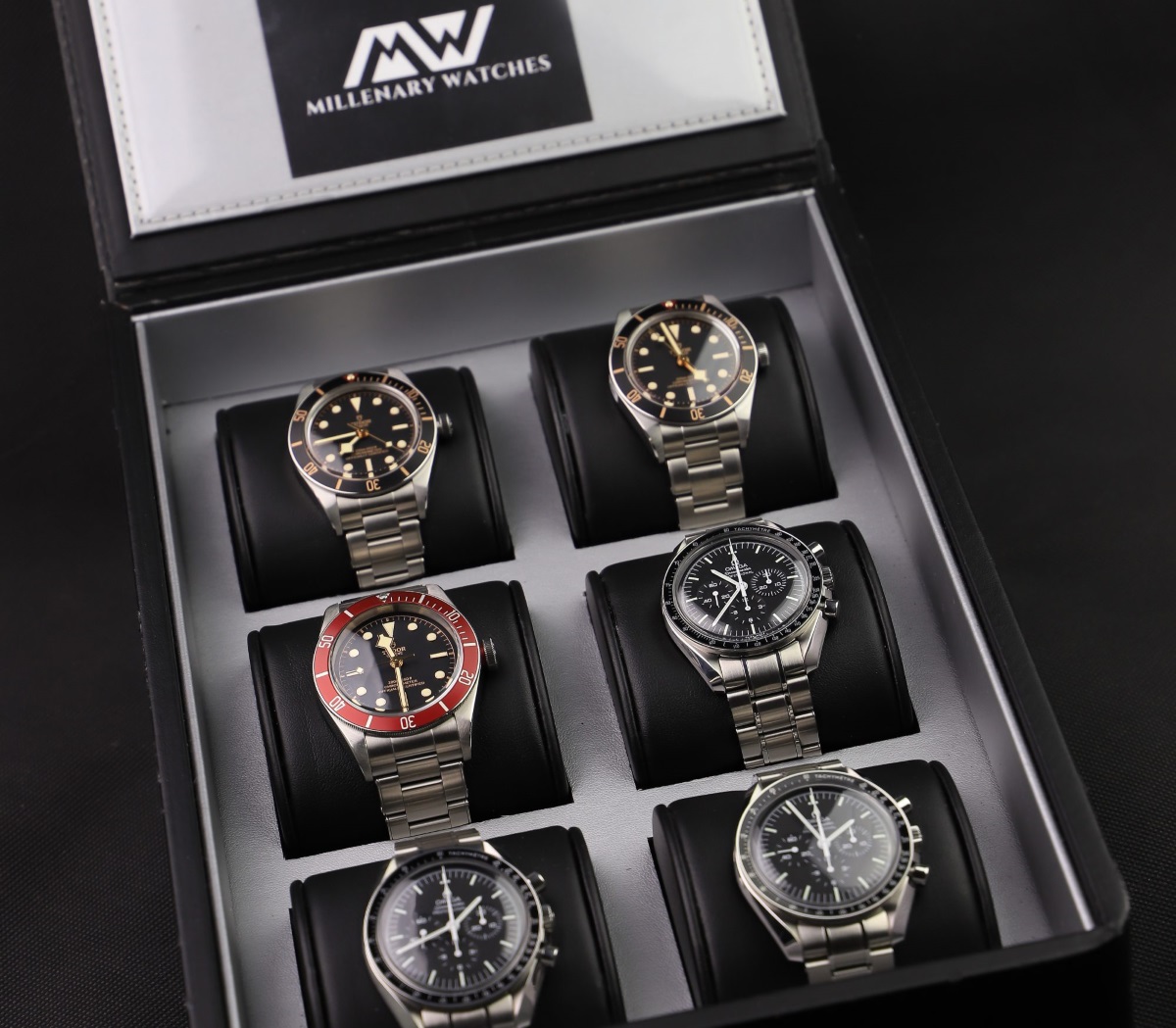
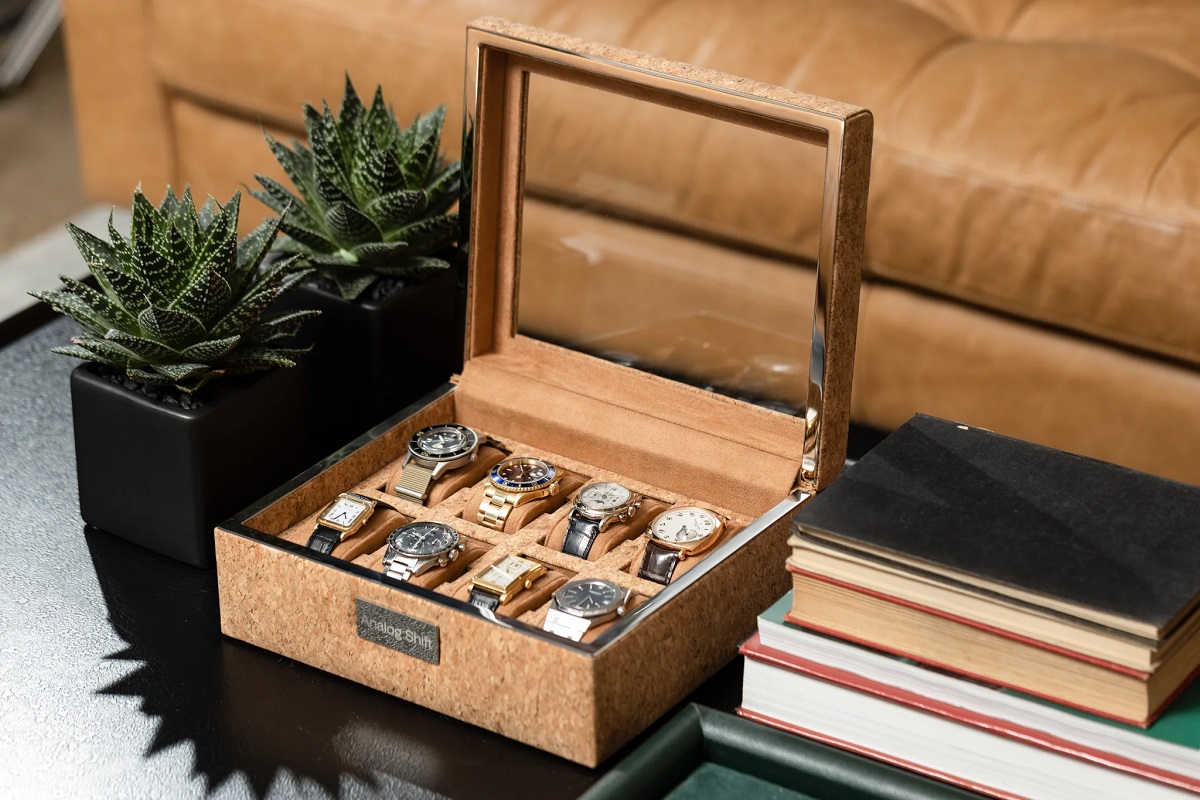
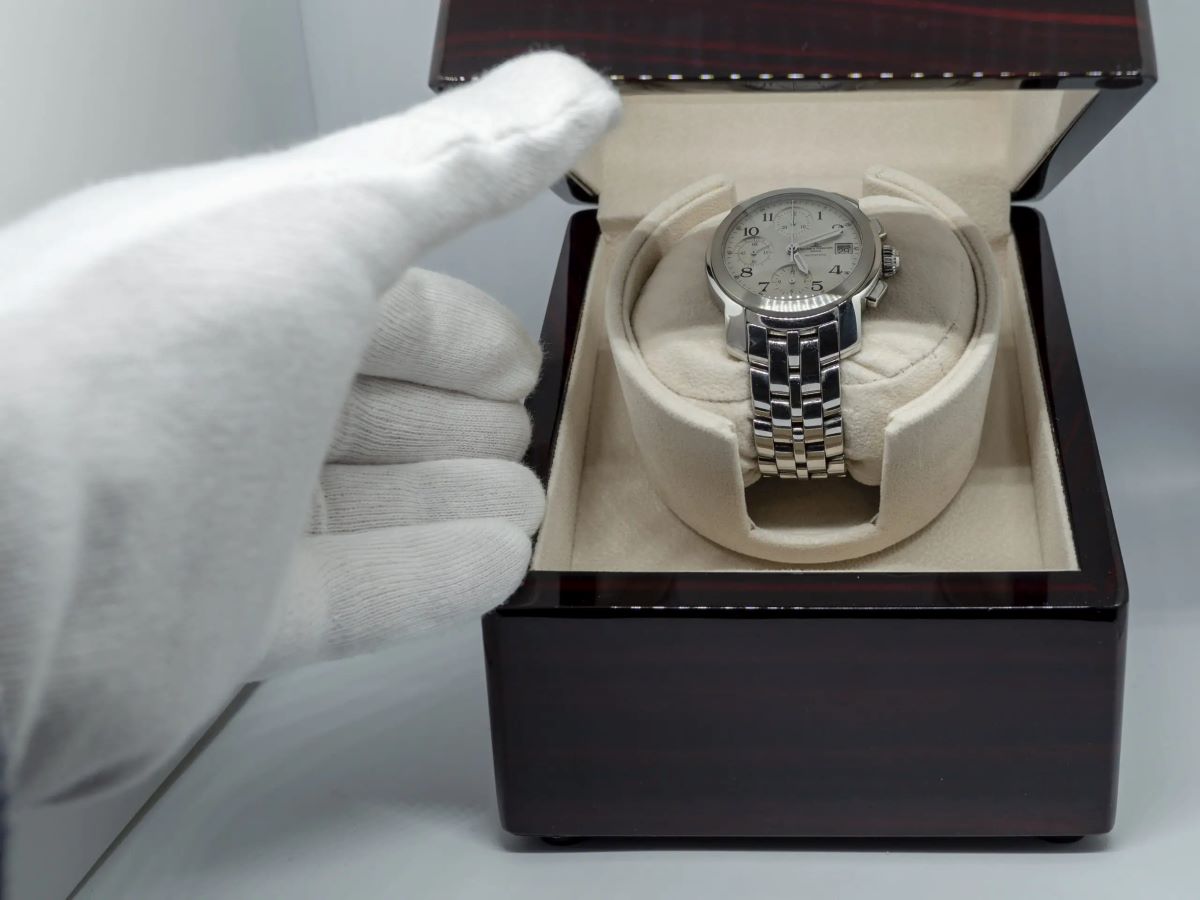

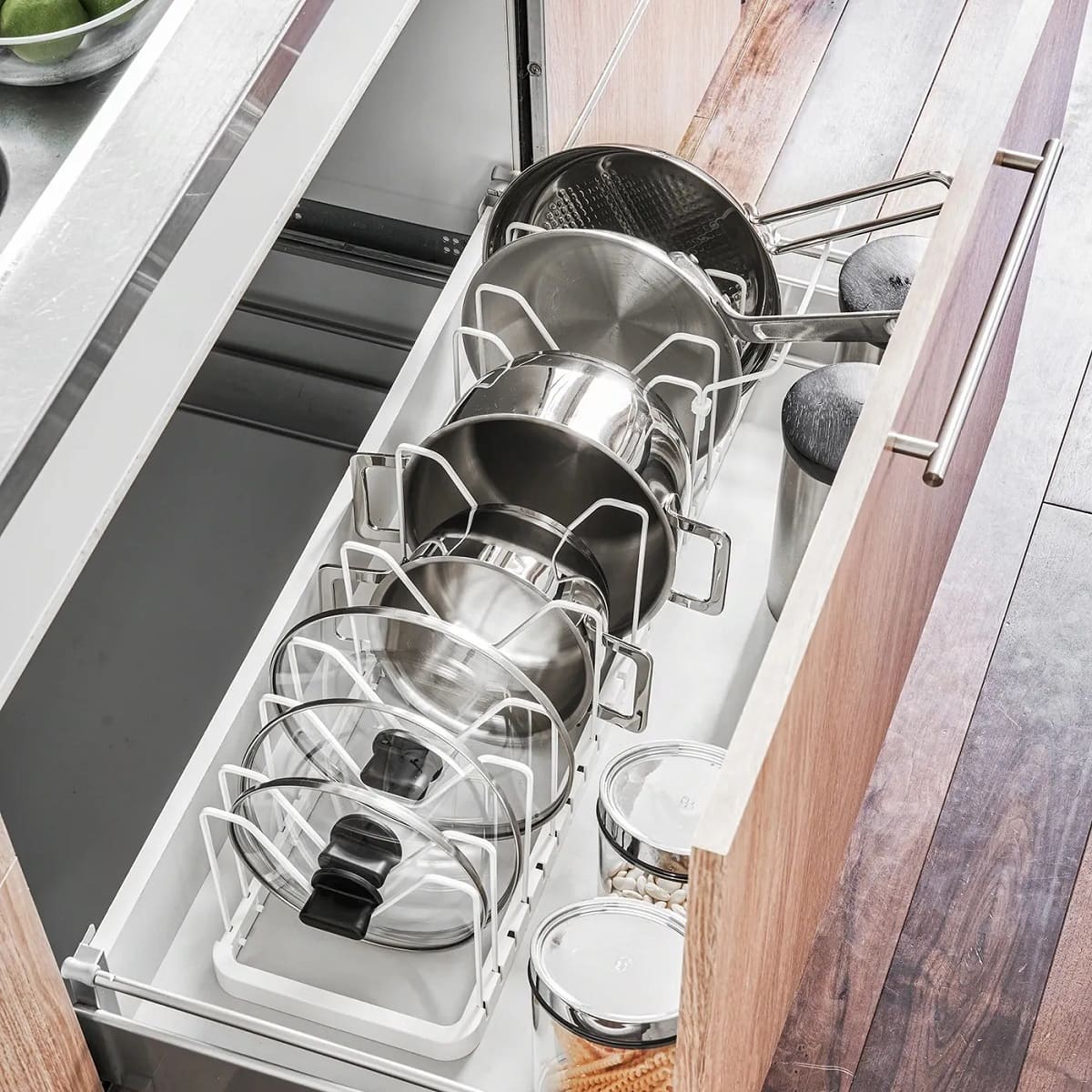
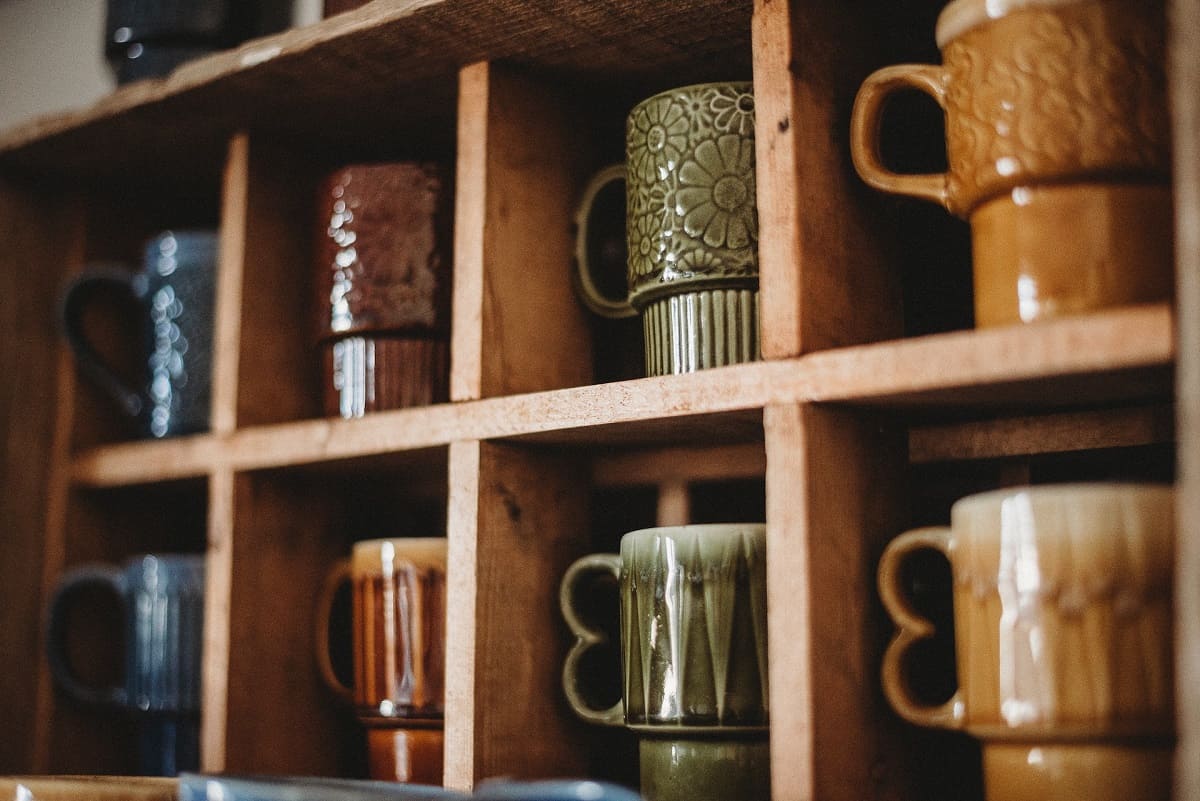
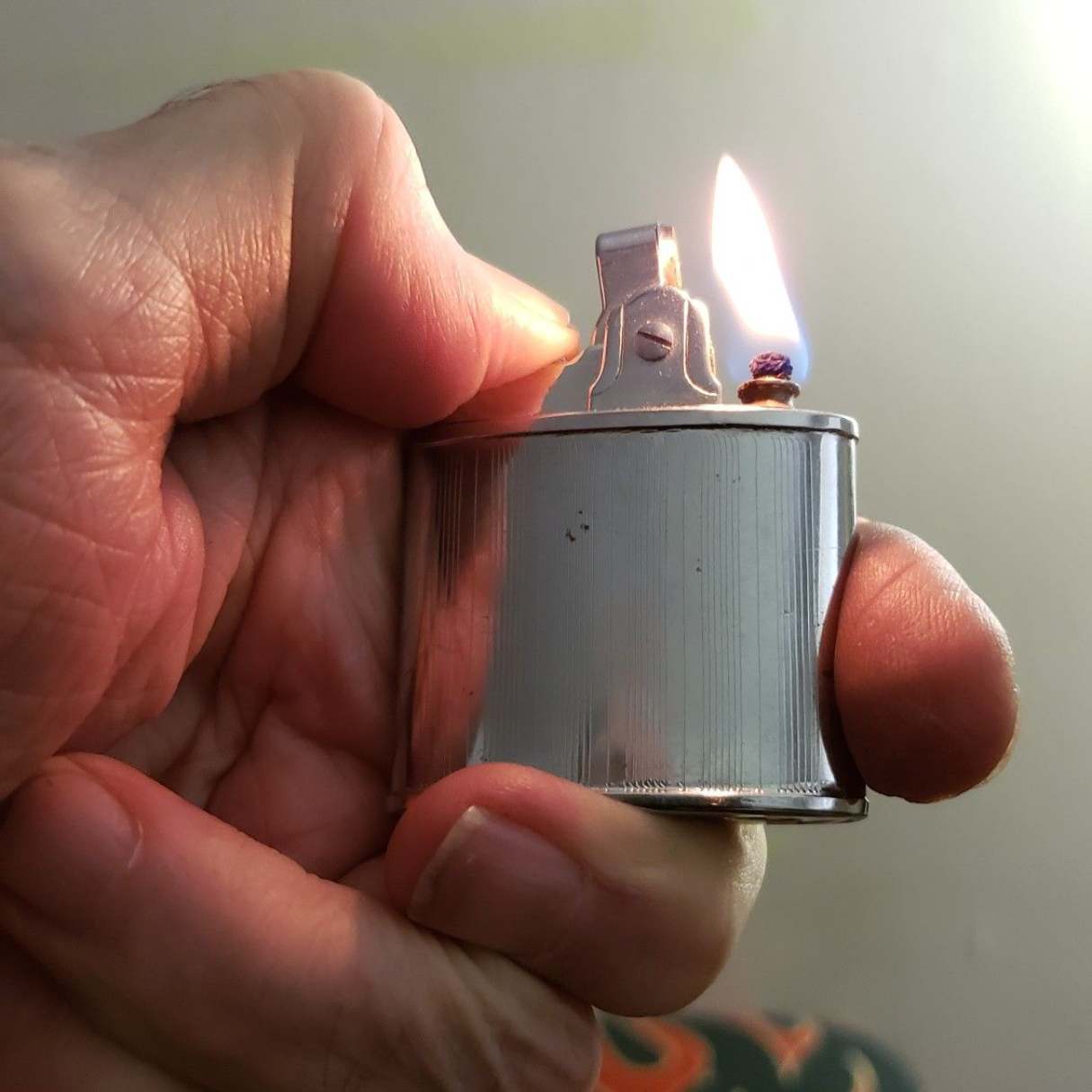

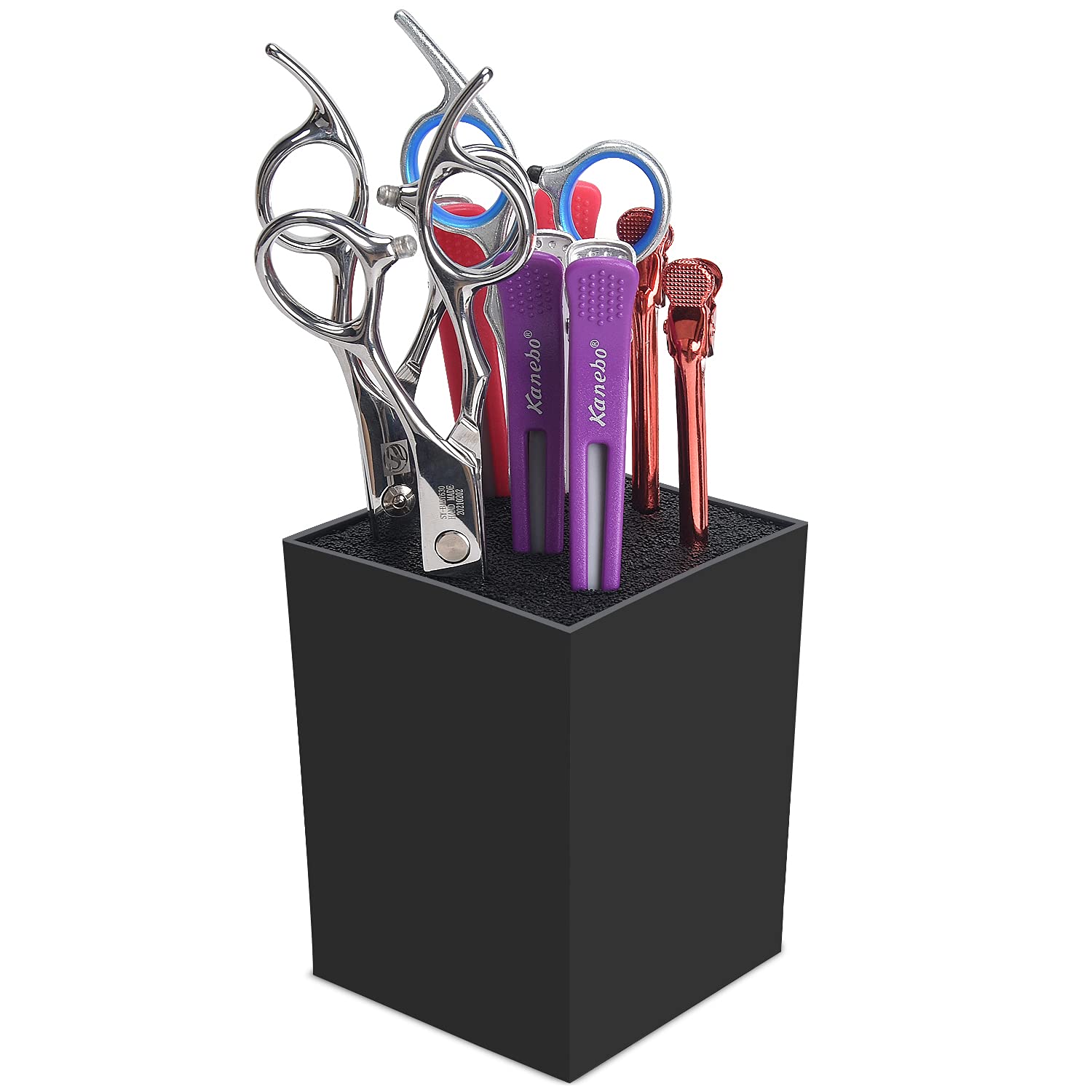
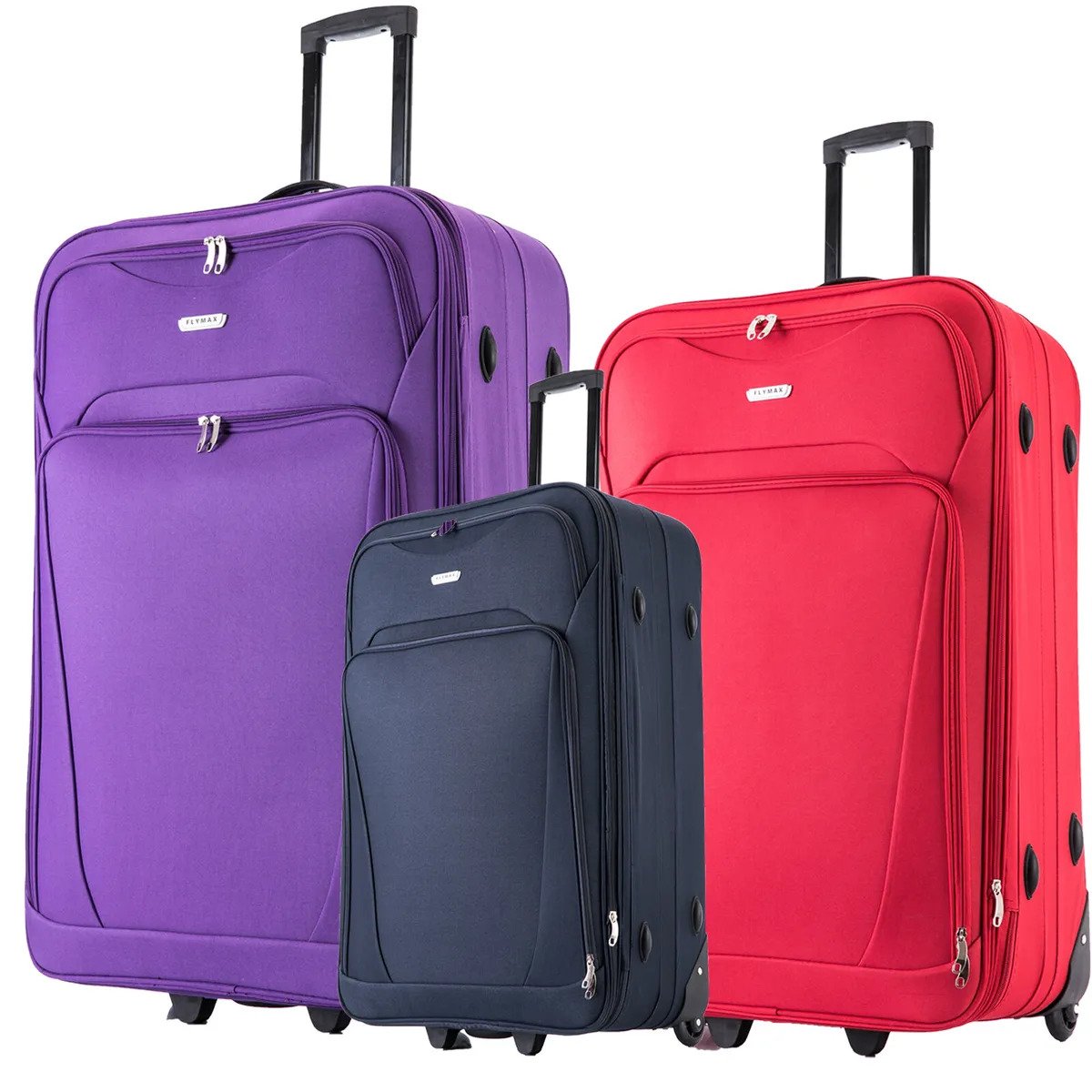

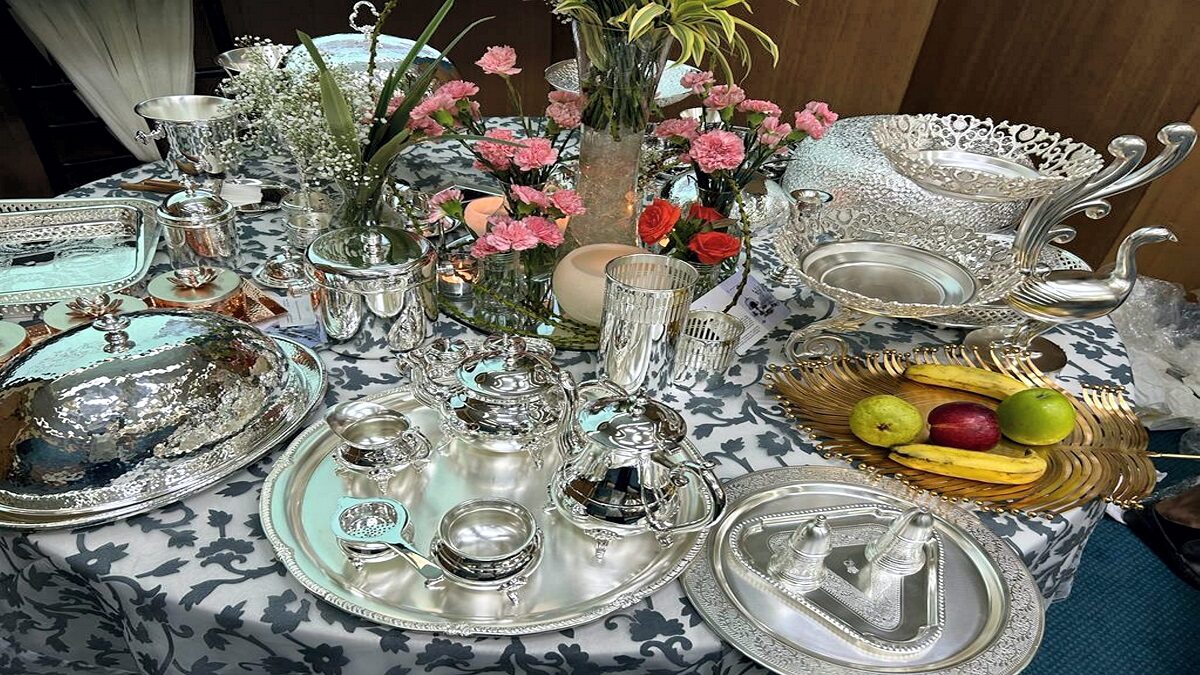
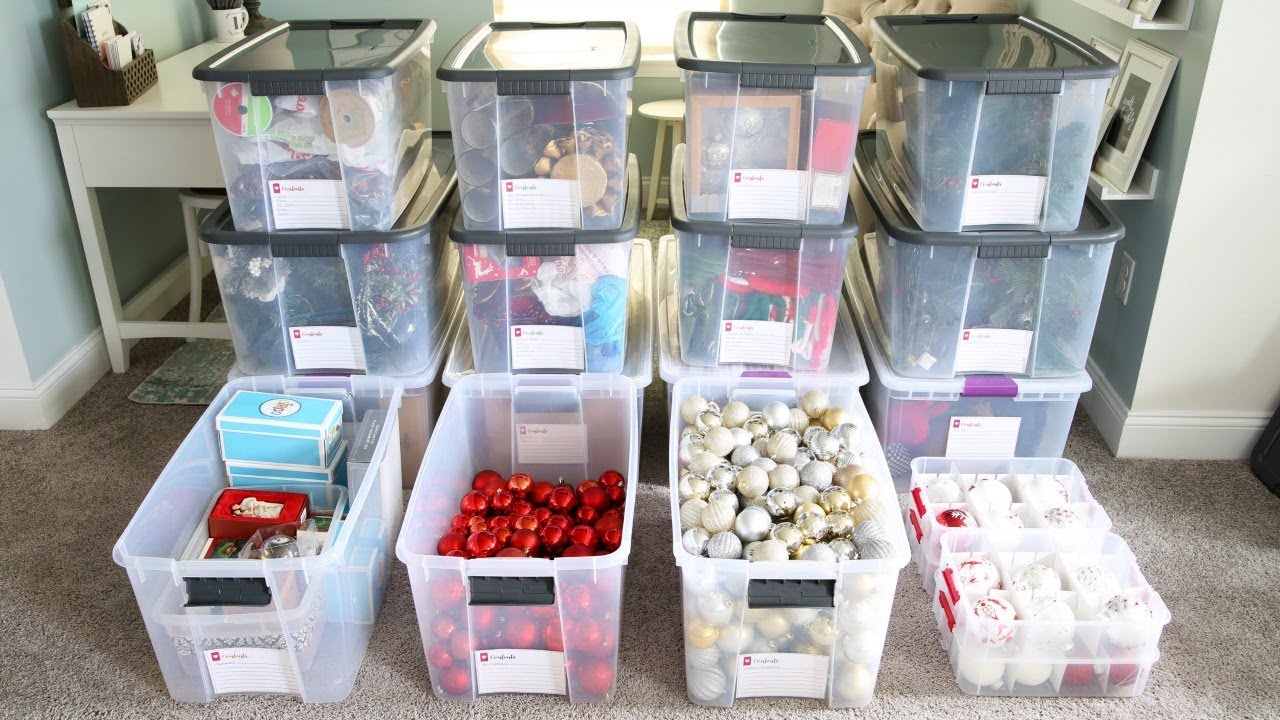
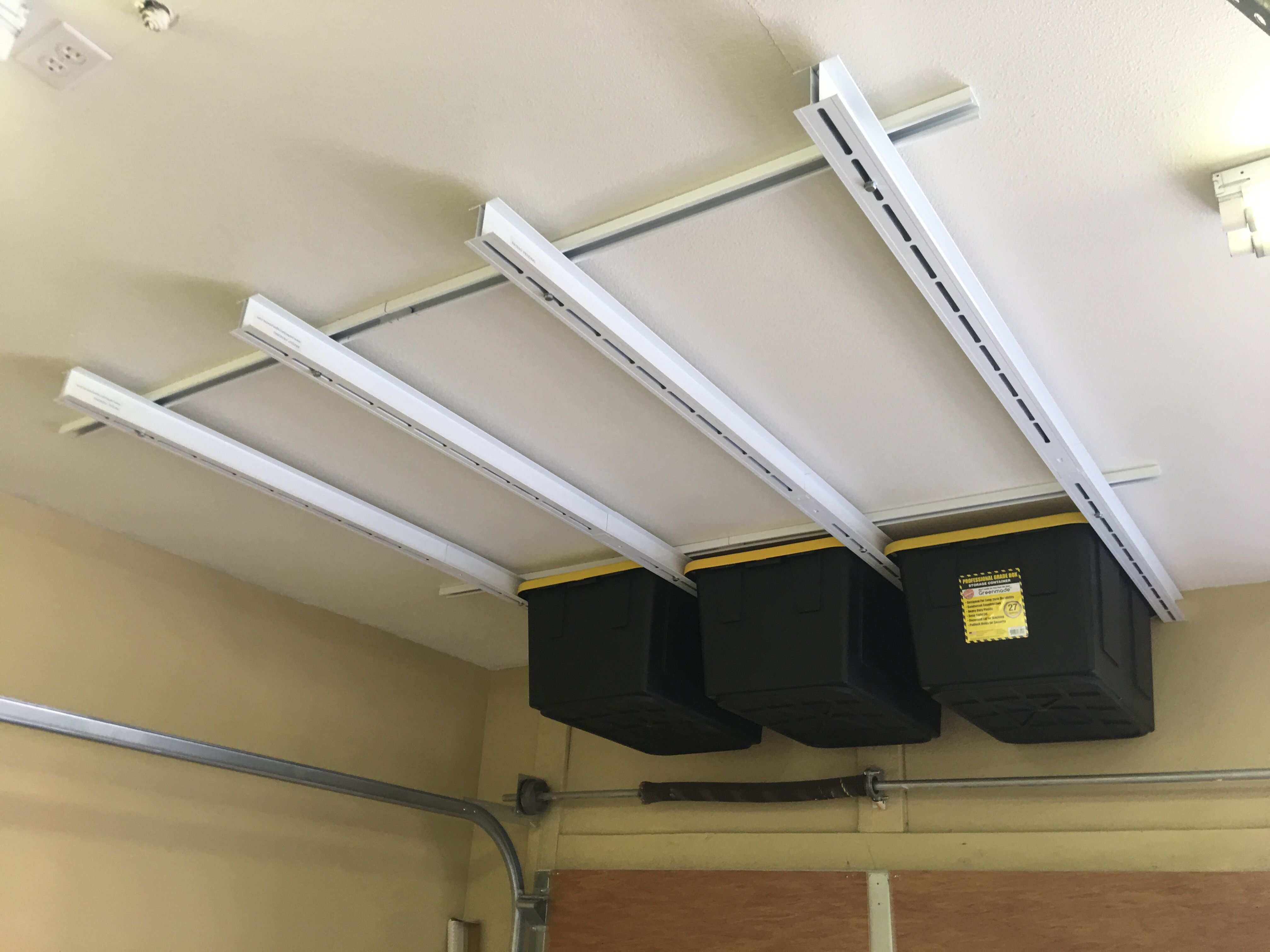

0 thoughts on “How To Store Watches [DIY Storage Solutions]”